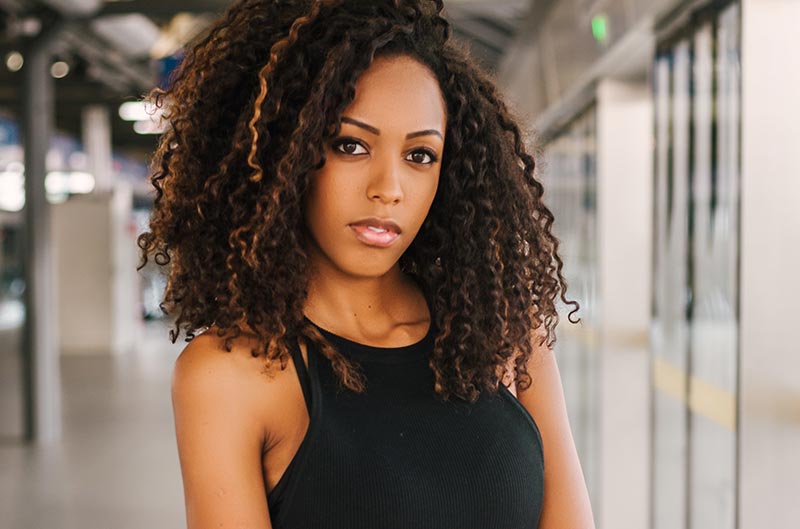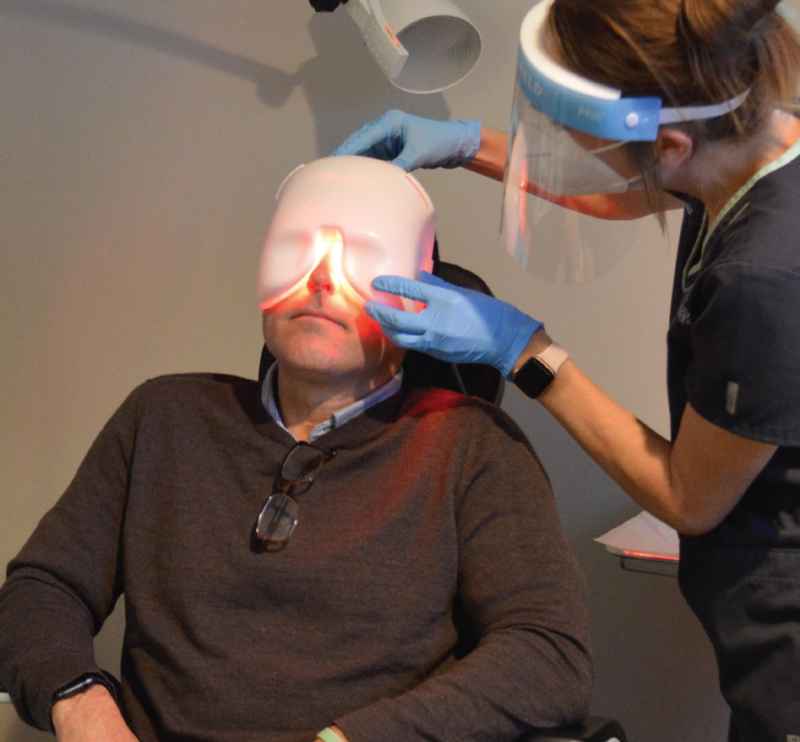Eye Care Services
Dry Eye Treatment
Dry Eye Treatment

Millions of people suffer from watery, itchy and irritated eyes. Burning, itchy, watering eyes can lead to blurry vision and pain.
Dry eye is a condition in which a person doesn’t have enough quality tears to lubricate and nourish the eye. Tears are necessary for maintaining the health of the front surface of the eye and for providing clear vision. Dry eye is a common and often chronic problem, particularly in older adults.
With each blink of the eyelids, tears spread across the front surface of the eye, known as the cornea. Tears provide lubrication, reduce the risk of eye infection, wash away foreign matter in the eye and keep the surface of the eyes smooth and clear. Excess tears in the eyes flow into small drainage ducts in the inner corners of the eyelids, which drain into the back of the nose. Dry eyes can occur when tear production and drainage is not in balance.
Eye Care Services
People with dry eyes either do not produce enough tears or their tears are of a poor quality:
Inadequate amount of tears.
Tears are produced by several glands in and around the eyelids. Tear production tends to diminish with age, with various medical conditions or as a side effect of certain medicines. Environmental conditions, such as wind and dry climates, can also decrease tear volume due to increased tear evaporation. When the normal amount of tear production decreases or tears evaporate too quickly from the eyes, symptoms of dry eye can develop.
Poor quality of tears.
Tears are made up of three layers: oil, water and mucus. Each component protects and nourishes the front surface of the eye. A smooth oil layer helps prevent evaporation of the water layer, while the mucin layer spreads the tears evenly over the surface of the eye. If the tears evaporate too quickly or do not spread evenly over the cornea due to deficiencies with any of the three tear layers, dry eye symptoms can develop.
The most common form of dry eyes occurs when the water layer of tears is inadequate. This condition, called keratoconjunctivitis sicca (KCS), is also referred to as dry eye syndrome.
How can I get relief from dry eye?
features Low-Level Light Therapy (LLLT). Developed by NASA for its healing effects, LLLT has proven effective at treating dry eye disease. LLLT uses specially designed LED lights to gently warm up the eyelids, causing the glands to unclog and release oils.*
- The treatment is safe and non-invasive.
- It lasts only 15 minutes per session.
- No recovery time is needed.
- No side effects or discomfort
- Safe for adults and children
It’s quick and painless! Simply lay back with the mask on and relax as the warm light clears your glands. It may also help decrease the appearance of facial wrinkles, acne, and rosacea.
* Low-Level Light Therapy (LLLT) is indicated for the application of localized heat when the current medical community recommends the application of periorbital heat to the eyelids. Such applications would include Meibomian Gland Dysfunction (MGD), Dry Eye or Blepharitis, Chalazion, and Stye.

Additional Benefits
- Reduce UV damage both as a treatment and as a prophylaxis.
- Stimulates healing.
- Reduces inflammation (inflammatory diseases such as psoriasis and acne can also benefit)
- Promotes contractions of untreated wounds
- Activates fibroblasts and improves collagen synthesis.
- Minimizes Demodex mite infestation.
- Recommended before refractive surgery (LASIK) and refractive cataract surgery to improve the accuracy of pre-op measurements.
